15 Olive Tree Facts To Keep You Healthy
Check out these 15 fruity facts all about olives and the amazing trees that produce them! Enjoy these facts with a salad, piece of cheese or even a pizza!
Olives are everyone’s favourite salty snack! But whether you like them green, black, on pizzas or squeezed into oil – olives are more than just delicious things to eat! They come from some of nature’s most amazing trees, that can live for thousands of years and be used for everything from making furniture to soap! So take a look at these amazing facts and see what you can learn about olive trees!
For more nature facts, check out these pine tree facts, these river Thames facts, or even these amazing hedgehog facts!
1. Olive trees have ancient roots!
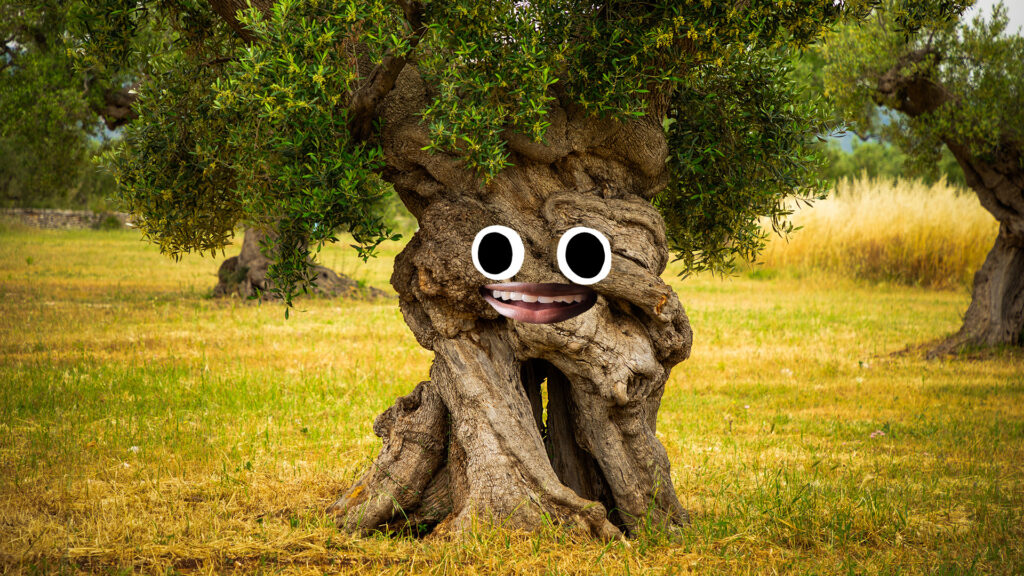
Olive trees have been around for thousands of years! Scientists think they first grew in the Mediterranean region about 6,000 to 8,000 years ago. Over time, people spread olive trees to other parts of the world like California, South Africa, and Australia. These trees are super tough and can thrive in rocky, dry, and sunny areas where other plants might struggle.
2. A whole lotta olives
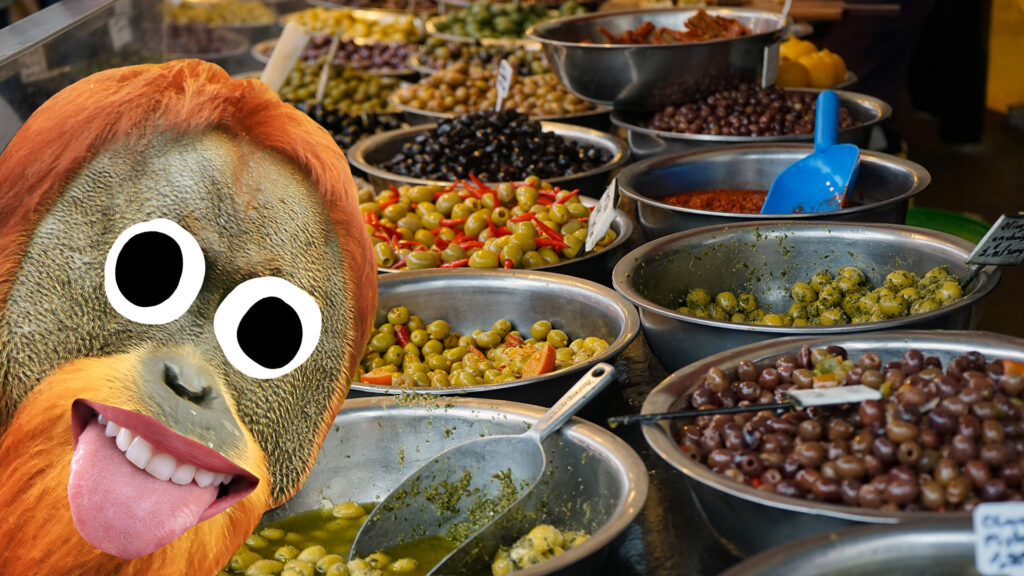
Not all olives are the same! There are over 1,000 different types of olive trees, and each one produces unique olives with different tastes, sizes, and colors. For example, Kalamata olives from Greece are dark purple and juicy, while Manzanilla olives from Spain are green and have a slightly salty flavor.
3. Some olive trees are very, very old!
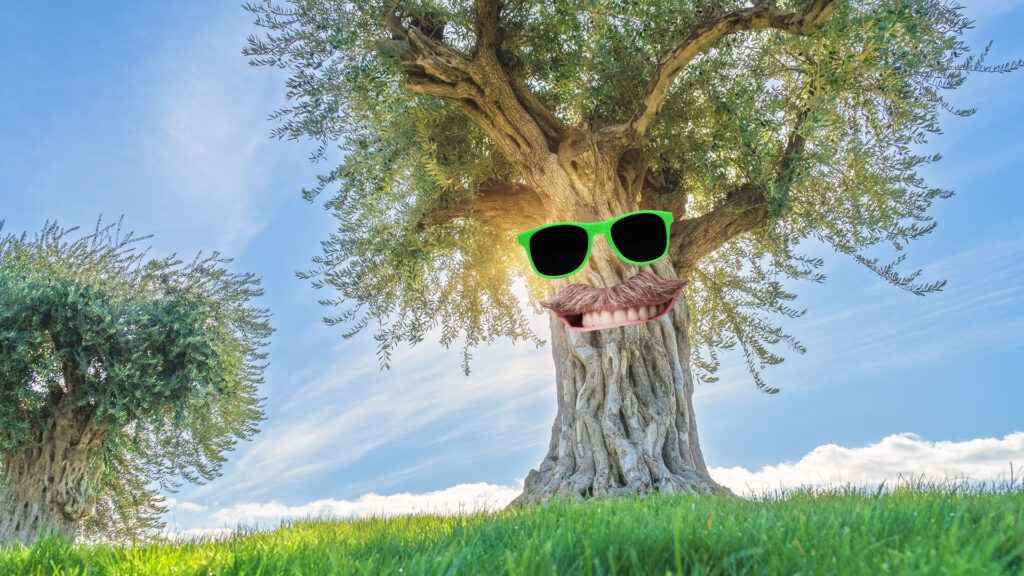
Olive trees are some of the longest-living trees on Earth. In Crete, Greece, there’s a famous olive tree called the Olive Tree of Vouves that’s at least 3,000 years old—and it still produces olives! Another ancient olive tree in Lebanon is believed to be more than 5,000 years old. Yikes!
4. They’re survivors
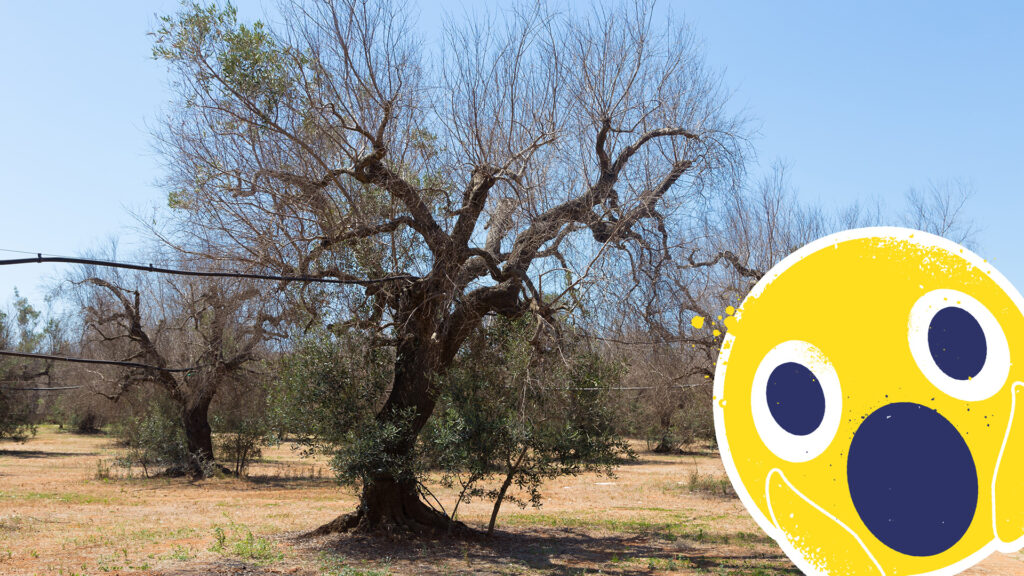
Olive trees have evolved to be incredibly hardy. They have deep roots that help them survive droughts and strong winds. Even if their branches get damaged, the roots can send up new shoots, allowing the tree to regenerate. This toughness has helped olive trees survive through thousands of years of changing climates and humans being humans!
5. Olives are really good for you
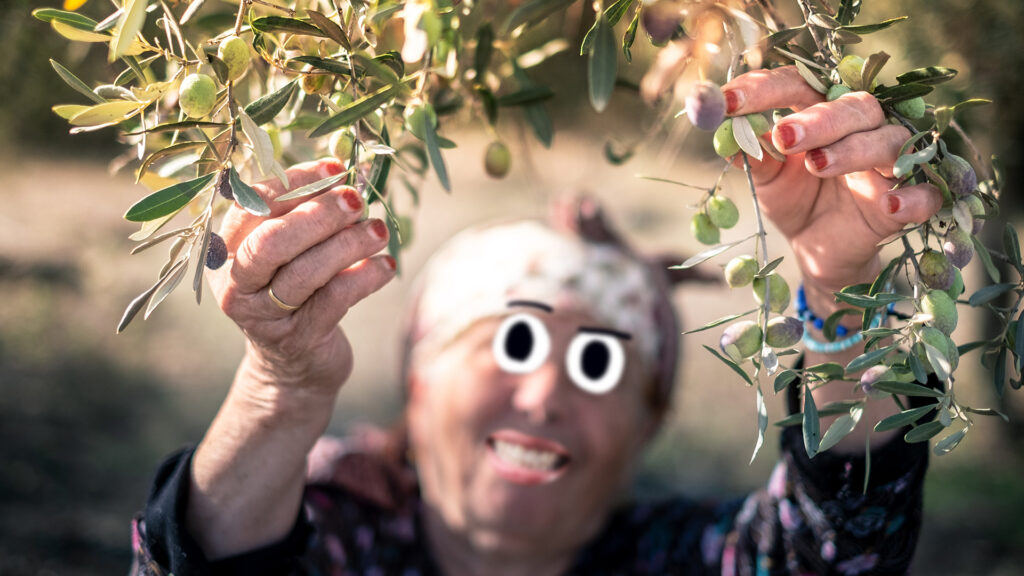
You might have heard olives are good for you, but did you know how much? They are packed with antioxidants that protect your body’s cells from damage. Olives also have healthy fats that are good for your heart. People who eat olives regularly often have lower cholesterol and healthier blood pressure levels. Some of the places that have the longest life expectancy are in olive growing places. Coincidence? Probably not!
6. Fresh olives… aren’t all that!
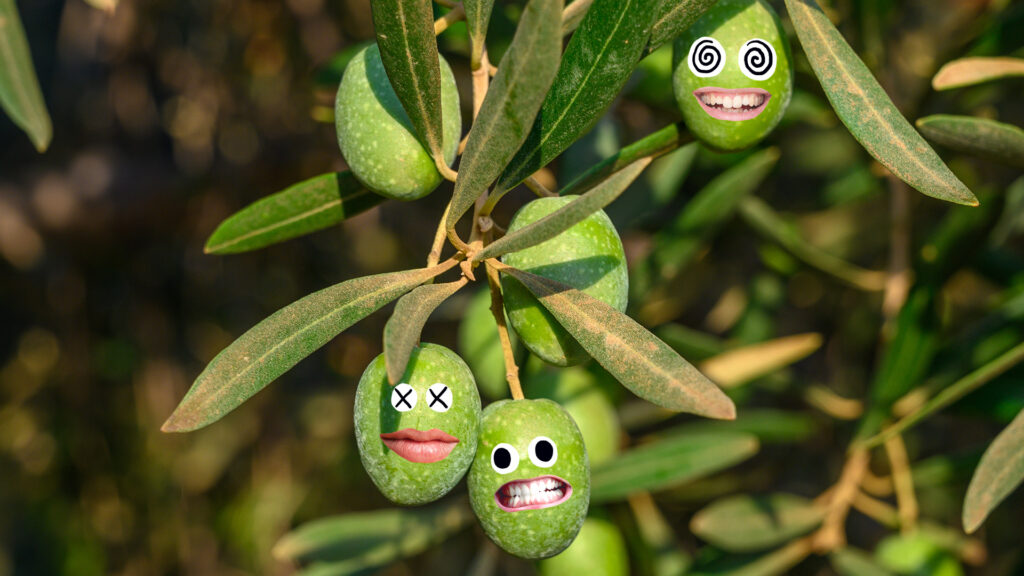
Fresh olives straight from the tree are actually very bitter! To make them delicious, they have to be cured in salt, water, or brine for several weeks or months. This process removes the bitterness and brings out the flavours that people love in salads, pizzas, and snacks.
7. Green and black
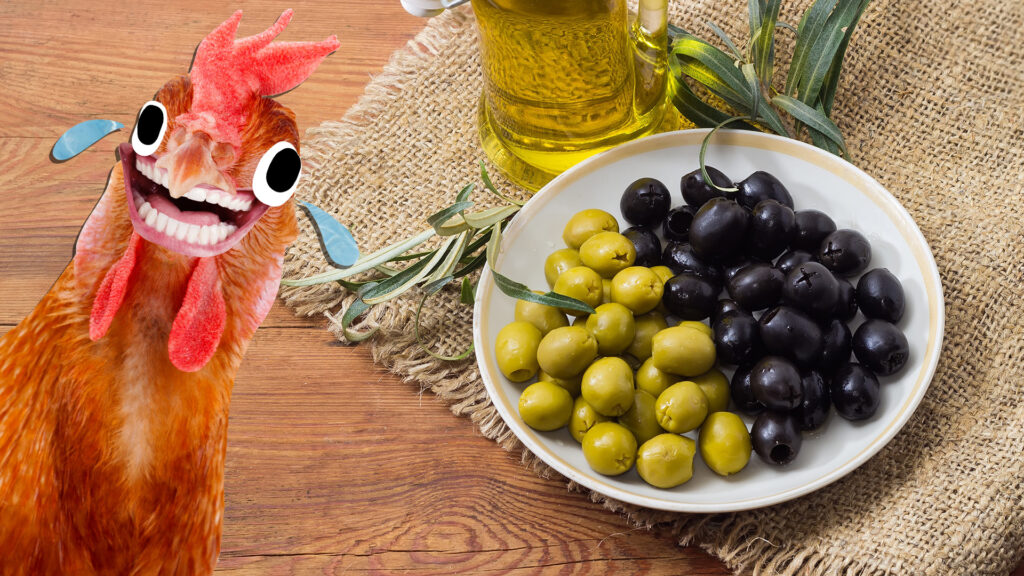
You might think green and black olives are different types, but they’re actually the same! The colour depends on how ripe they are when picked. Green olives are harvested when they are unripe, while black olives are fully ripe. Their flavor also changes with ripeness—green olives are firmer and tangier, while black olives are softer and richer.
8. Liquid gold
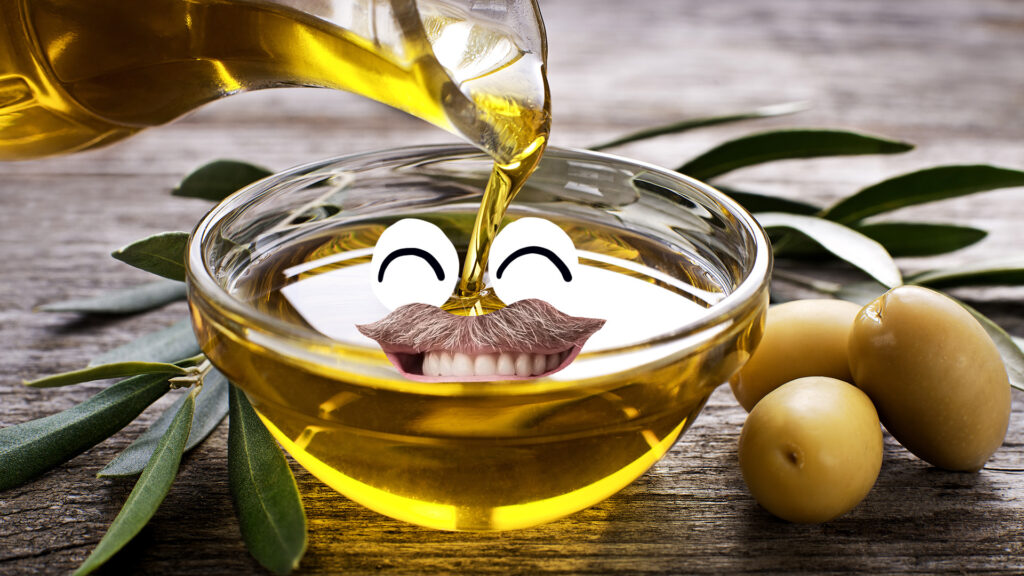
Olive oil is one of the healthiest and most popular cooking oils in the world. It’s made by pressing olives to extract their juice. Extra virgin olive oil is the highest quality and has a fresh, fruity flavor. People use it for everything from cooking pasta to drizzling on salads or dipping bread.
9. Olives love sun
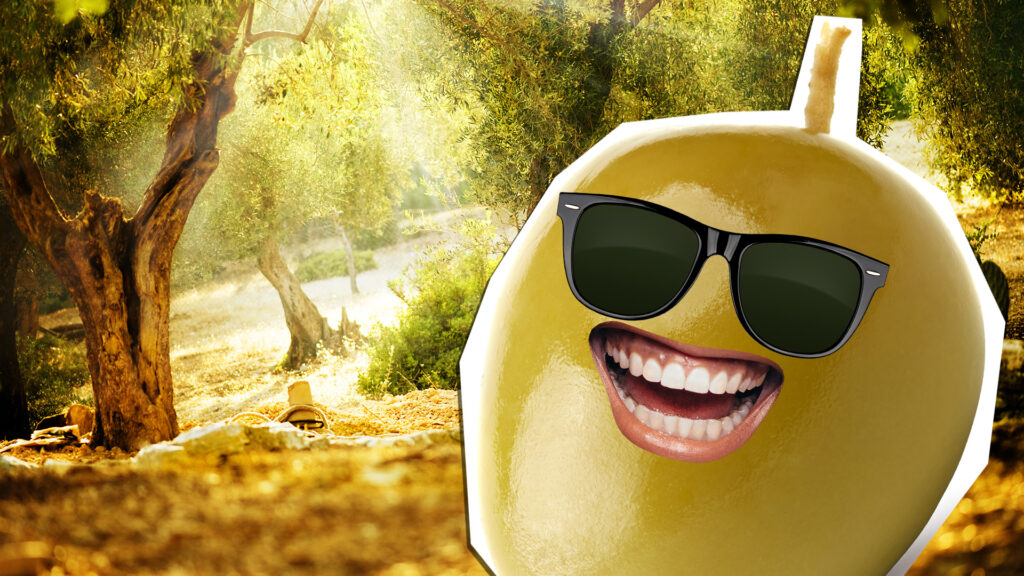
These trees are true sun lovers! Olive trees need a lot of sunlight to grow well. They thrive in Mediterranean climates where the summers are hot and the winters are mild. If you plant an olive tree in a shady or cold place, it won’t be as happy – and you won’t get so many olives!
10. Olive branches
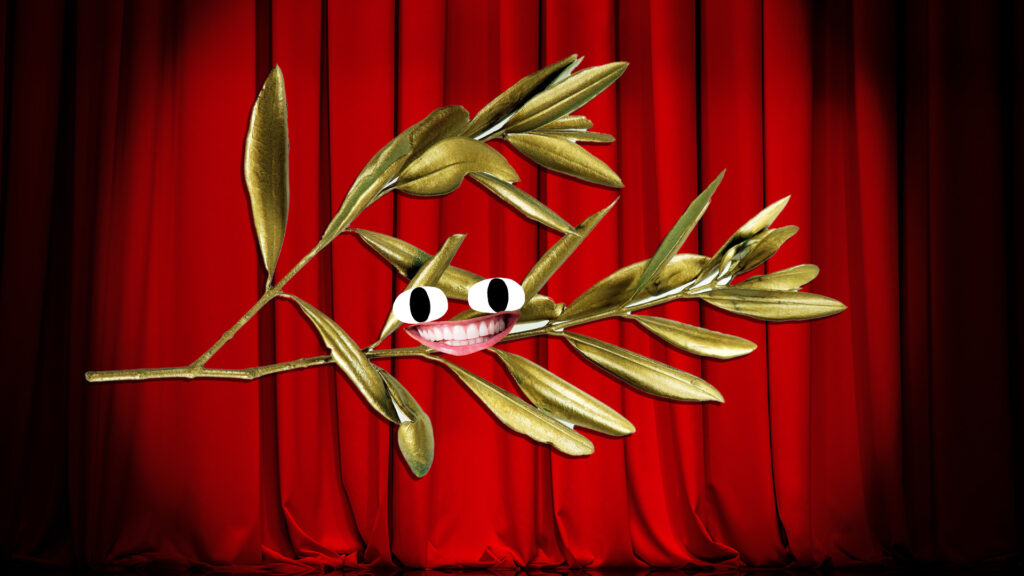
Olive trees have been symbols of peace, victory, and friendship for thousands of years. In ancient Greece, athletes were crowned with olive wreaths during the Olympic Games. Olive branches have also been used as symbols of peace in many religious stories – which is where the phrase “extend an olive branch” comes from!
11. Bumper harvests
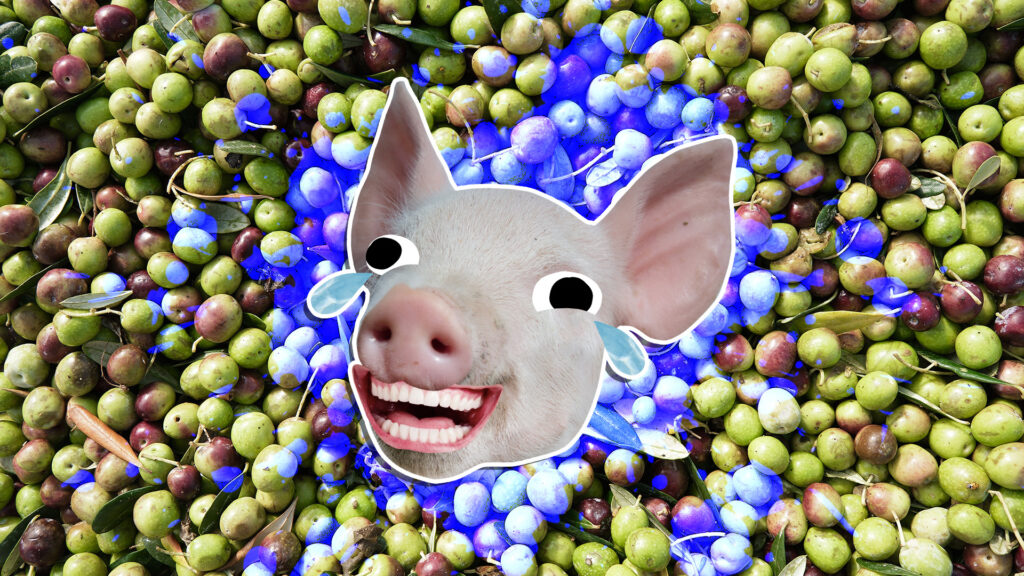
Olive trees can produce a lot of fruit. A single tree can yield up to 60 pounds of olives in one harvest! Spain is the world leader in olive production, followed by Italy and Greece. Together, these countries produce millions of tons of olives each year!
12. Animals love olive trees too
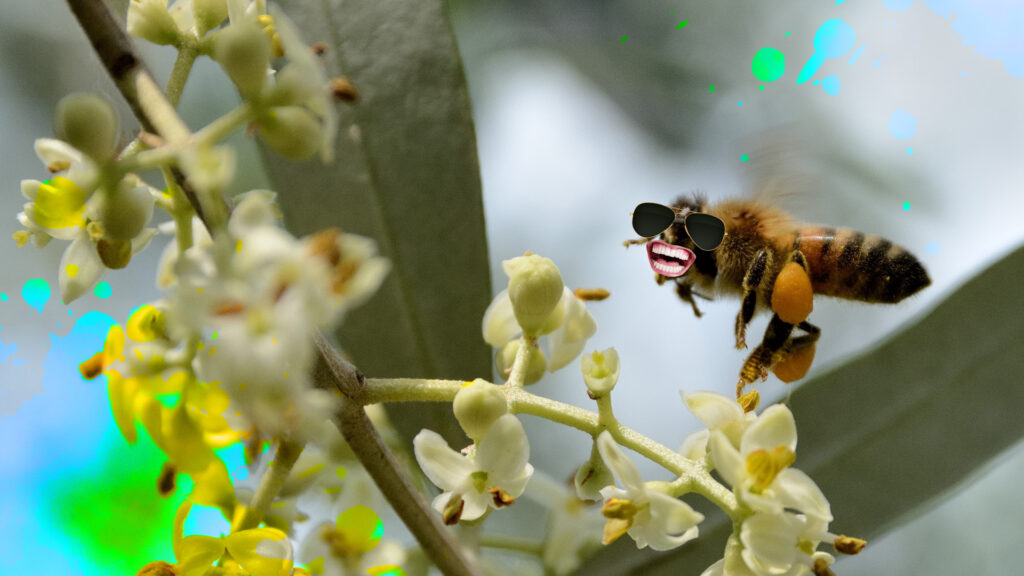
Olive trees provide food and shelter for many animals. Birds, like starlings, love to eat ripe olives, and any insects make their homes in the tree’s branches. The trees are also good for pollinators like bees, which visit the flowers during the spring. Wherever they are, olive trees are an important part of their ecosystem.
13. Olive candles!
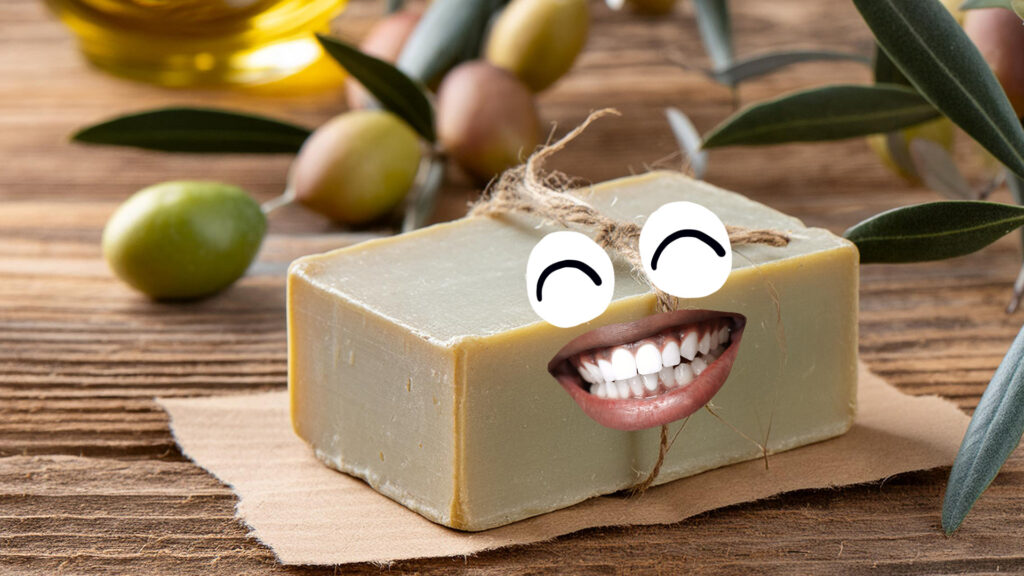
Before electricity, people in ancient times used olive oil as lamp fuel. They would pour it into lamps and light it with a wick to create a bright and steady flame. It was also used to make soap and for skin care because of its moisturizing properties! It’s still a popular ingredient today!
14. Olive wood

Olive wood is beautiful, strong and durable. People use it to make cutting boards, bowls, furniture, and even artwork. The wood’s unique grain patterns make every piece look special, and it has a lovely golden colour. Because olive trees are so valuable, olive wood is seen as a pretty luxurious material!
15. Olive trees need help
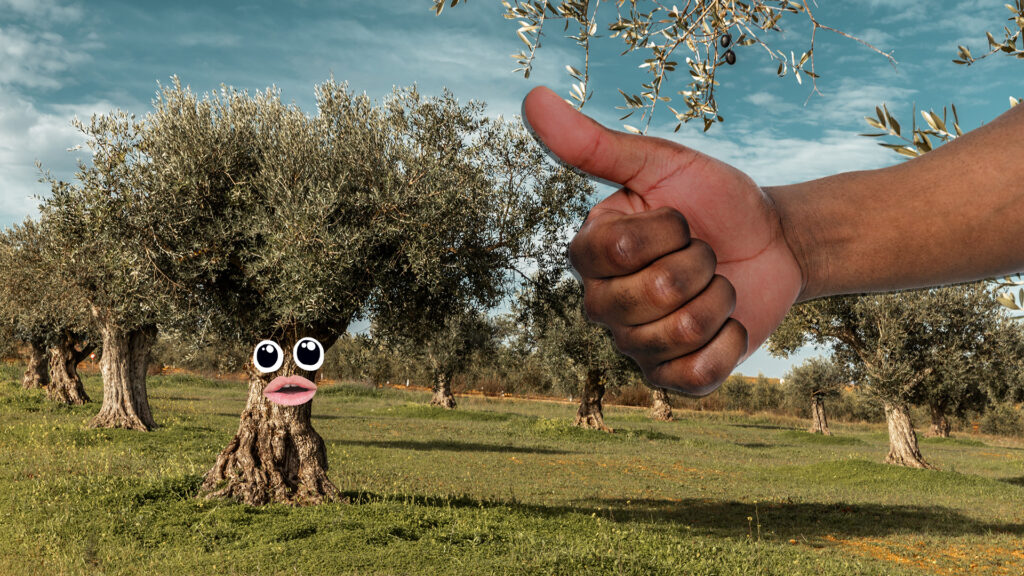
Olive trees need help – with challenges from pests, diseases, and climate change. One of the biggest threats is a disease called Xylella fastidiosa, which has destroyed thousands of trees in Europe. Scientists are working hard to protect olive trees and find ways to keep them healthy! As the planet heats up, places that have grown olives for thousands of years may suddenly not be suitable any more! Let’s hope these amazing trees will still be around in another 5000 years!













